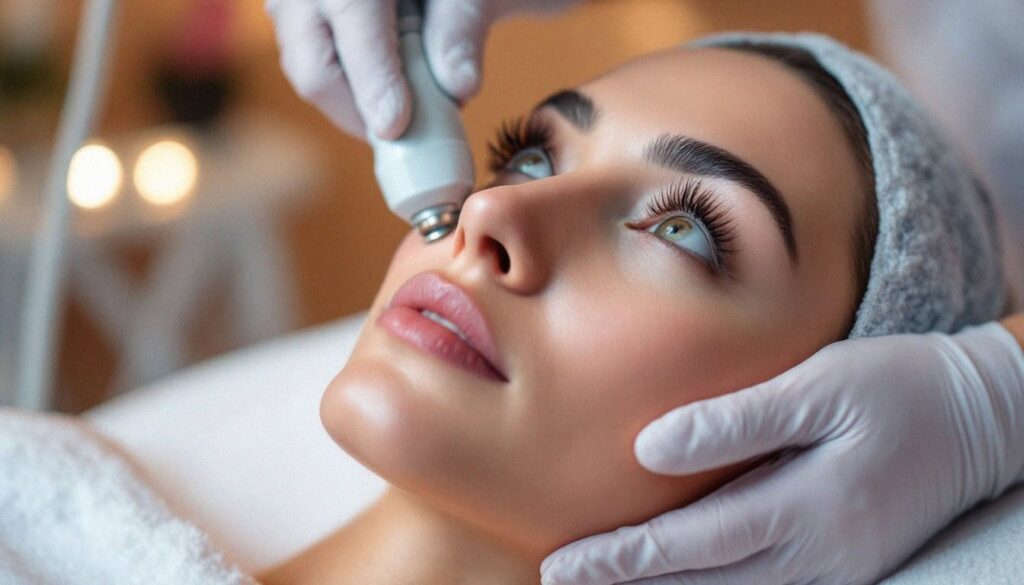Microdermabrasion
Gentle, non-invasive exfoliation that removes dead skin cells to reveal smoother, fresher skin.

Microdermabrasion Perth
Common names
- Medical Terms
- Dermal abrasion
- Dermal exfoliation
- Skin resurfacing
- Diamond dermabrasion
- Hydradermabrasion
- Non-invasive exfoliation
- Skin resurfacing treatment
- Diamond Glow Dermalinfusion
- Diamond Peel
- DermaSweep
- Crystal microdermabrasion
- Hydrodermabrasion
Commercial Terms
Targeted areas
Procedure Information
Treatment Type
Recovery Time
Results from Microdermabrasion
Treat Yourself or Someone Else
Give the gift of great skin. Our skin clinic gift vouchers allow the recipient to choose their own skincare journey
What to know about Microdermabrasion
How does microdermabrasion interact with my current skincare products?
Microdermabrasion is a non-invasive exfoliation procedure that removes the outermost layer of dead skin cells, enhancing skin texture and promoting cell turnover. By resurfacing the skin, it temporarily increases absorption capacity, allowing active ingredients in skincare products to penetrate more effectively. This heightened permeability can amplify the effects of serums, moisturizers, and other treatments, particularly those containing active compounds like hyaluronic acid, peptides, and vitamin C.
What's the difference between crystal and diamond-tip microdermabrasion?
Crystal microdermabrasion uses a high-pressure stream of fine crystals, typically aluminum oxide, to abrade the skin's surface, exfoliating dead skin cells. These crystals are subsequently vacuumed away, along with the loosened debris. It is well-suited for treating larger areas, uneven skin texture, and more severe forms of hyperpigmentation, but there may be slight residual grit post-treatment.
Can microdermabrasion be combined with other treatments?
Yes, microdermabrasion can be combined with other skin treatments to enhance overall results. It works synergistically with chemical peels to improve exfoliation depth, allowing the peel's active ingredients, such as glycolic or salicylic acid, to penetrate more effectively. This combination can address concerns like hyperpigmentation, acne scars, and uneven tone more efficiently.
How does skin type affect treatment intensity and frequency?
Skin type significantly influences the intensity and frequency of microdermabrasion treatments, as individual skin characteristics determine tolerance and responsiveness. Oily or acne-prone skin typically withstands more frequent and intense treatments due to its thicker epidermis and higher sebum production. These sessions can help control excess oil, unclog pores, and smooth irregular texture.
What happens if I get too many treatments too close together?
Receiving microdermabrasion treatments too frequently or excessively close together can compromise the skin's natural healing process and barrier function. Over-exfoliation can lead to increased sensitivity, persistent redness, irritation, swelling, or inflammation. The repeated removal of the stratum corneum—the skin's protective outer layer—may result in transepidermal water loss (TEWL), leaving the skin dehydrated and more susceptible to environmental damage, infection, or UV radiation.
